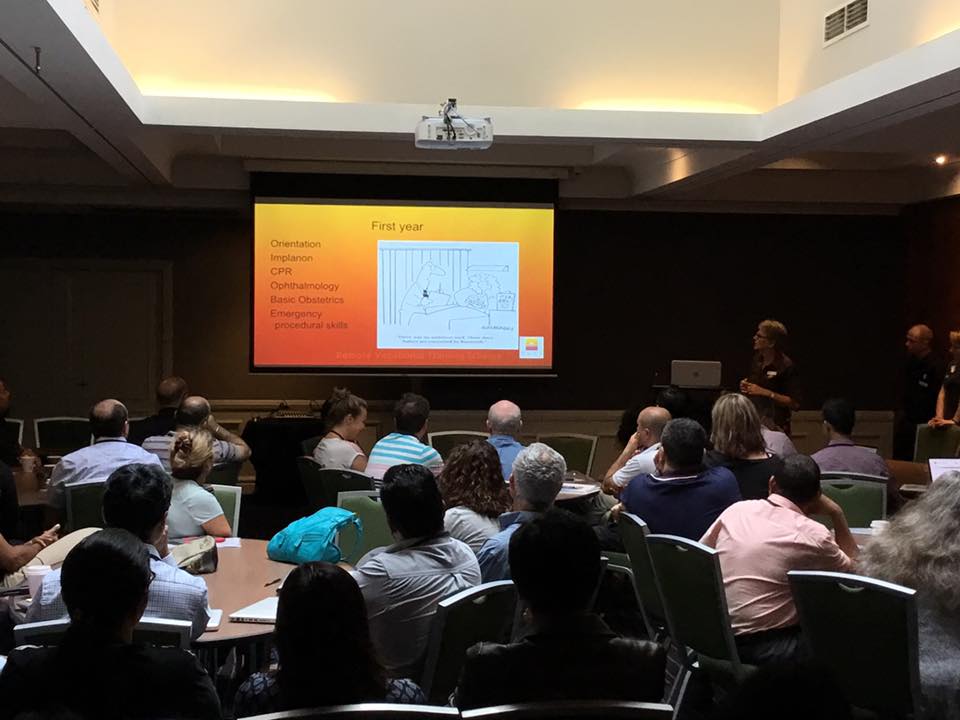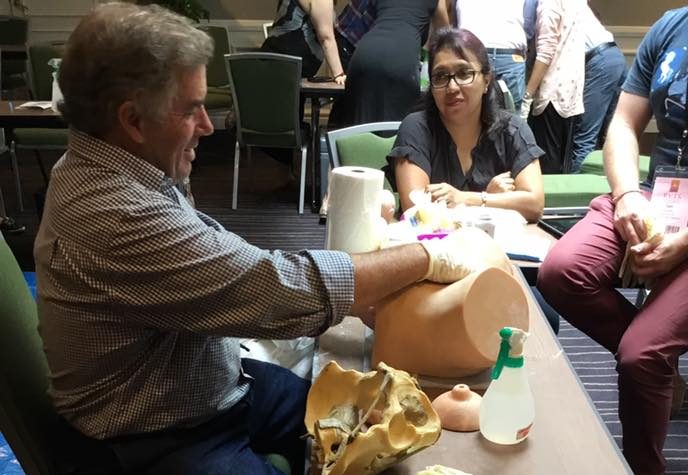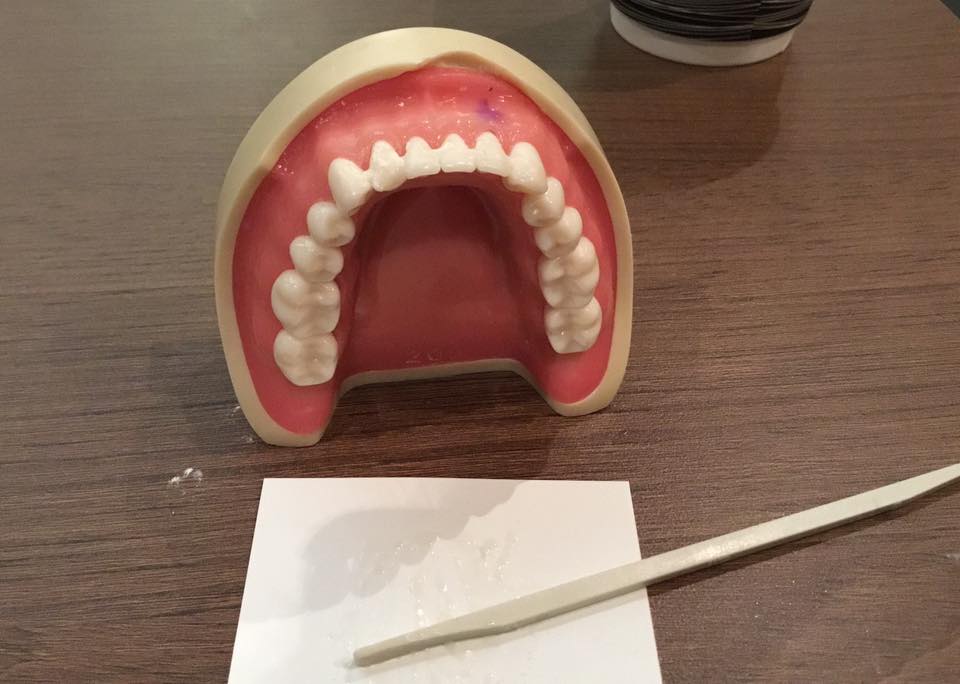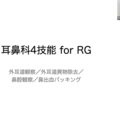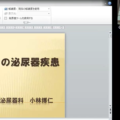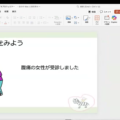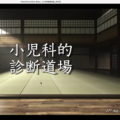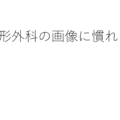『RVTS Sydney Workshops Day 2 – Morning 』
1年目の研修生は、ひたすら「目・眼・瞳」。2日目の午前中は、眼科について研修します。
視力測定の方法から、眼底鏡やスリットランプの使い方、角膜異物の除去、霰粒腫(マイボームシスト)の排膿方法などまで、多くのことを学びます。
へき地に住む患者の方々にとって、1,000kmも離れた場所にいる眼科専門医を受診することは決して容易いことではありません。
だから、GPがそのスキルを身につけます。実際には、それほど難しいことではありません。
そして、2日目午前中の2年生は、「骨・骨・骨」。とことん骨について学びます。
本日の指導者は、シドニーに勤務するPT(理学療法士)が本日の指導者でしたが、離島へき地のことを良く理解した上でレクチャーしておられました。
講義の中では、小さなグループに分かれて、実際の症例に基づいて固定の仕方を学びます。
内容はとても実践的で面白かったのですが、何よりもその場を満たす雰囲気がとても良かったことが印象的でした。
ここ大都会シドニーのど真ん中にも、離島へき地の穏やかな風が流れています。
In the morning of the second day, first-year registrars intensively learned about “eyes”.
The main topics of the lecture are followings:
- how to measure visual acuity
- how to use funduscope and slit lamp in examination
- how to remove the foreign materials from cornea
- how to drain pus from chalazia
It is never easy for people in the rural remote area to see ophthalmology specialists who works at the places 1,000km away from there.
So, GPs have to acquire the techniques and knowledge on ophthalmology. Fortunately, it is usually not difficult for registrars to get into those skills.
On the other hand, the main theme of this morning’s lectures for second-year registrars was “bones“.
Today, Physical Therapists in Sydney played a role as supervisory doctor.
They seem to understand well about the healthcare in the rural areas; they definitely were good teachers!
In their practical-minded lectures, I felt a gentle wind in rural remote areas breezed in the venue.

